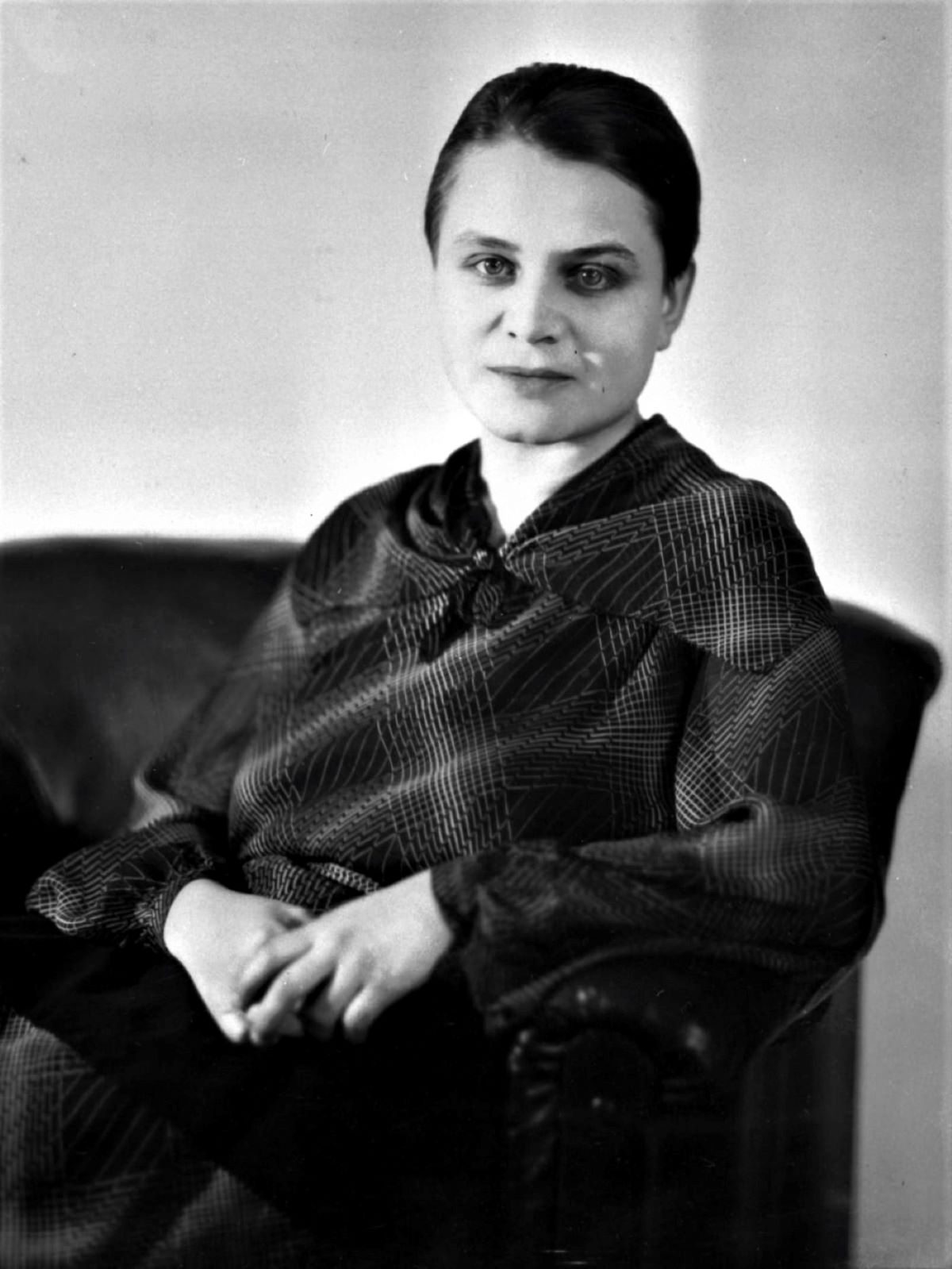
Last October 2020, while the world was in Lockdown, a painting by a relatively unknown artist broke Czech auction records at a sale in Prague. The painting “La Dame de Pique” (“The Queen of Spades”) by the late Czech artist Toyen sold for 78.65 million crowns, or just over £2.6m. This beat the previous record of 78.5 million crowns for Oskar Kokoschka’s painting “Prague–View from the Monastery of the Knights of the Cross with a Red Star”.
Kokoschka is internationally known. His work has appeared on numerous exhibitions, books, memoirs, magazines, films, documentaries, and blogs, blah, blah, blah.
Toyen is not so famous outside of the Czech Republic. Most of the artist’s work is in private collections and what little is known about his (her) life is shared amongst academics and those with an interest in gender studies. Which is a pity, as Toyen is an artist who deserves to be rediscovered.
This may be happening, as in April of this year 2021, another of Toyen’s paintings broke house records in Prague. This time Toyen’s Cubist-style painting called “Circus” was sold for a total of 79.56 million crowns. Who knows what small revolutions happen in Prague may one day change the world?
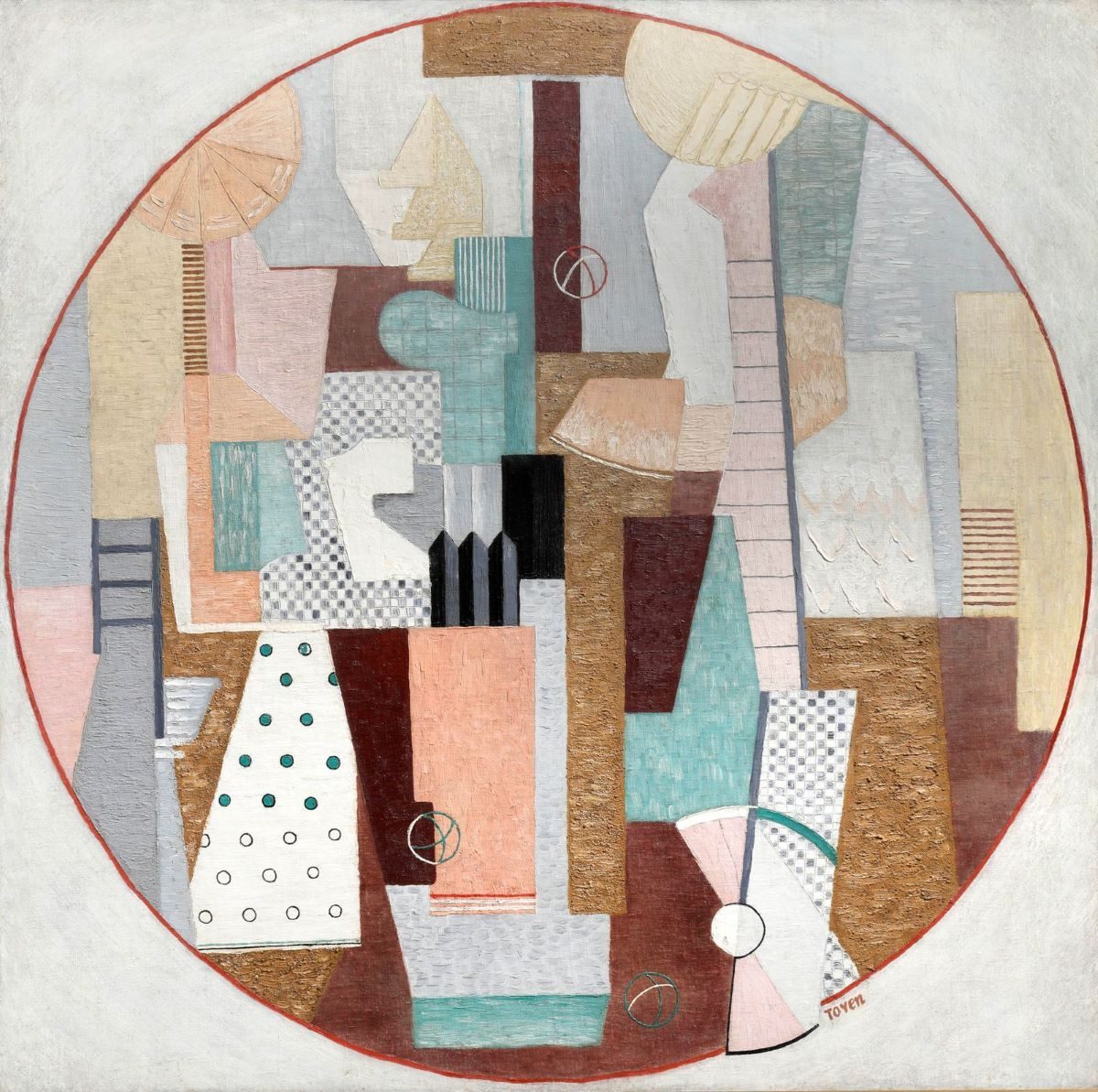
‘Circus’, 1925.
Toyen was born Marie Čermínová in Prague on 21 September 1902. Čermínová never seemed to quite fit in. She had fantasies about being an artist and supposedly held strong anarchist beliefs–which is kinda impressive for a teenager. Yet, for whatever reasons, no one knows for sure, Čermínová quit home or was kicked out of the family home at the age of sixteen. She worked in a factory then enrolled as a student at UMPRUM (Academy of Arts, Architecture and Design). Here Čermínová met and formed a working relationship with the artist and poet Jindřich Štyrský (1899-1942).
At college, Čermínová rebranded herself as Toyen – an abbreviation of the French word for citizen “citoyen” = and used the masculine terms “he” or “him” to describe himself. It was perhaps because of the inherent sexism among the artistic community that Toyen did this–but once again no one knows for sure. What is certain is that women were generally seen as lovers, models, and mothers, and very few women artists were taken seriously. The Dada artist Hannah Höch was ostracized by many of her fellow male artists, who expected Höch to only supply beer and sandwiches and keep quiet while the men talked.
Toyen took on a male identity. Dressed as a man. Wore working men’s clothes. Answered only to “he” and “him”. But on occasion, he still wore skirts and dresses and arm-in-armed with male friends. Still no one knows anything about Toyen’s sexuality or sex life other than what is represented in his work. From which one can suggest: Toyen liked both the ladies and the gentlemen. Toyen’s main working and domestic partnerships were with men – Štyrský and later Jindřich Heisler – but this does not prove anything other than Toyen was a complex and fascinating individual.
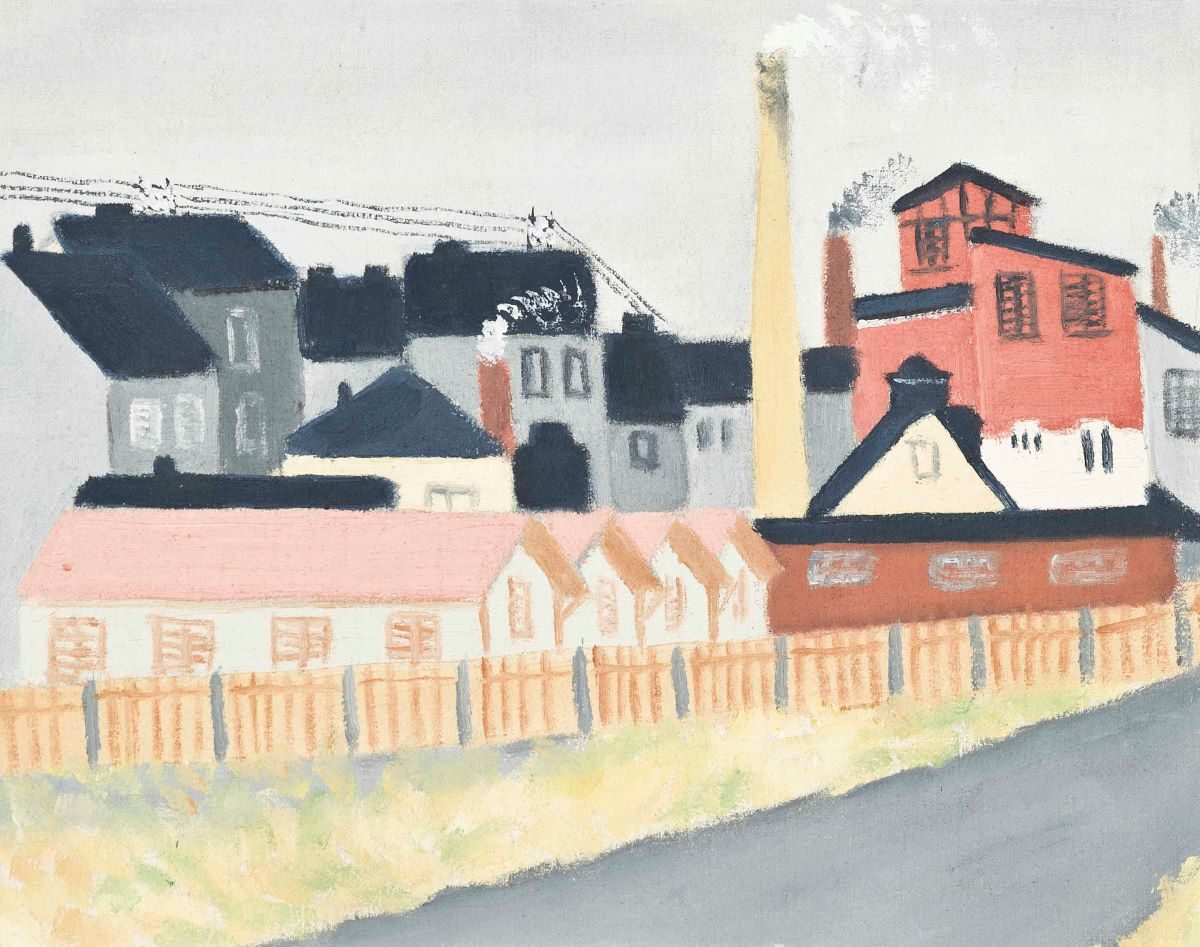
‘L’usine’ (‘The Factory’), 1920.
In the early 1920s, Toyen’s painting style progressed from Impressionistic to Cubist. Yet, the ideas behind Cubism seemed stifling which led Toyen and Štyrský to develop their own artist movement called Artificialism. This proposed “Leaving reality alone” and striving for “maximum imaginativeness.”
Artificialism is the identification of painter and poet. It negates painting as a mere formal game and entertainment for the eyes (subjectless painting). It negates formally historicizing painting (Surrealism). Artificialism has an abstract consciousness of reality. It does not deny the existence of reality, but it does not use it either. Its interest focuses on poetry that fills the gaps between real forms and that emanates from reality. It reacts to the latent poetry of interiors of real forms by pursuing positive continuity.
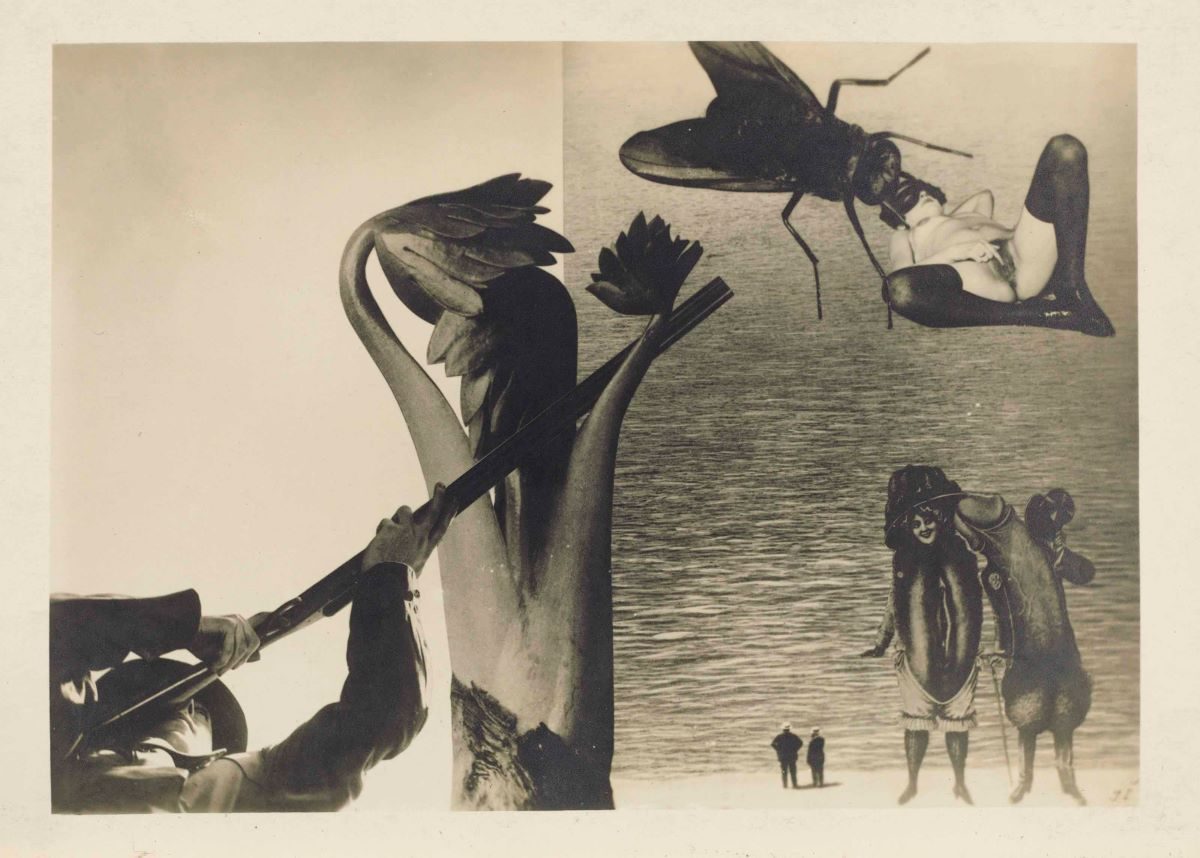
Toyen and Styrský–Collage for ‘The Erotic Review’, 1930.
Artificialism never caught on. It lasted for a couple of years from around 1927-29 never quite gaining enough devotees. But this was unimportant as Toyen was onto his next project collaborating with Styrský on his magazine Erotická Revue (1930–33). Toyen supplied sexually explicit illustrations and often collaborated with Styrský on collages.
Surrealists considered sex and in particular the sexual organs as the source of creativity. Toyen began painting and drawing erotica focussed on male and female genitalia. In 1938, he was commissioned to produce a book called Jednadvacet or Twenty-one as gift for a friend. This book contained advice for the bride on what to expect on her wedding night.
While Toyen liked to épater les bourgeois, he began to realise erotica was undermining his stature as a serious artist. Toyen began work on a series of more personal surrealistic paintings that engaged with the world around him. The threat of war infected everything and Toyen thought Europe was sleepwalking into disaster. In March 1939, the German armed forces invaded the Czech provinces of Bohemia and Moravia.
Toyen went into hiding. His work was denounced as degenerate by the Nazis. In 1942, Styrský died from a congenital heart problem, which had claimed his half-sister at the age of twenty-one. Toyen was devastated. He moved in with the Jewish poet Jindřich Heisler. Toyen and Jindřich lived in the shadows during the Nazi-occupation, knowing if discovered they would be sent to an extermination camp.
After the war in 1947, Toyen and Jindřich moved to Paris, where Toyen reignited his friendship with the Surrealists André Breton, Max Ernst, Yves Tanguy, Salvador Dalí, and Benjamin Péret.
Until his death in 1980, Toyen continued to work as an artist producing paintings, illustrations, sculptures, and collages. Yet, Toyen never reaped the praise or acclaim his fellow artists received. His work often predicted other art movements – drip paintings before Jackson Pollock, collage prints before Warhol – yet, still the critics looked to male artists like Pollock, Warhol, Bacon, Johns, Rauschenberg, Hockney to tell their history of art. Perhaps identifying as a man was never enough to be judged equally as a male artist? Or perhaps, it is because Toyen followed what came before (Impressionism, Cubism, Surrealism) which undermined his status? Yet, many artists did the same and there is certainly enough originality and vision to suggest it is time for Toyen’s work to be re-appraised.
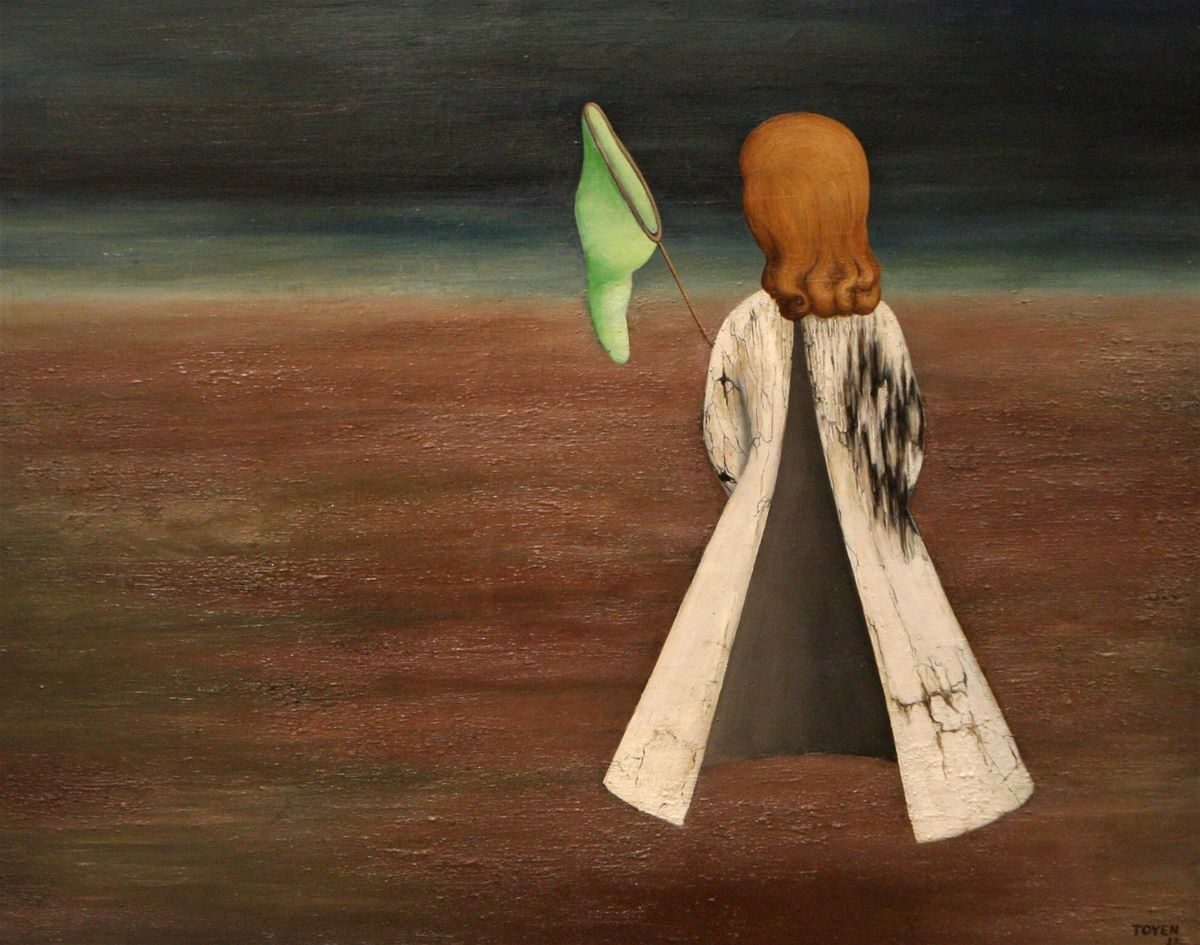
‘Asleep’, (1937.
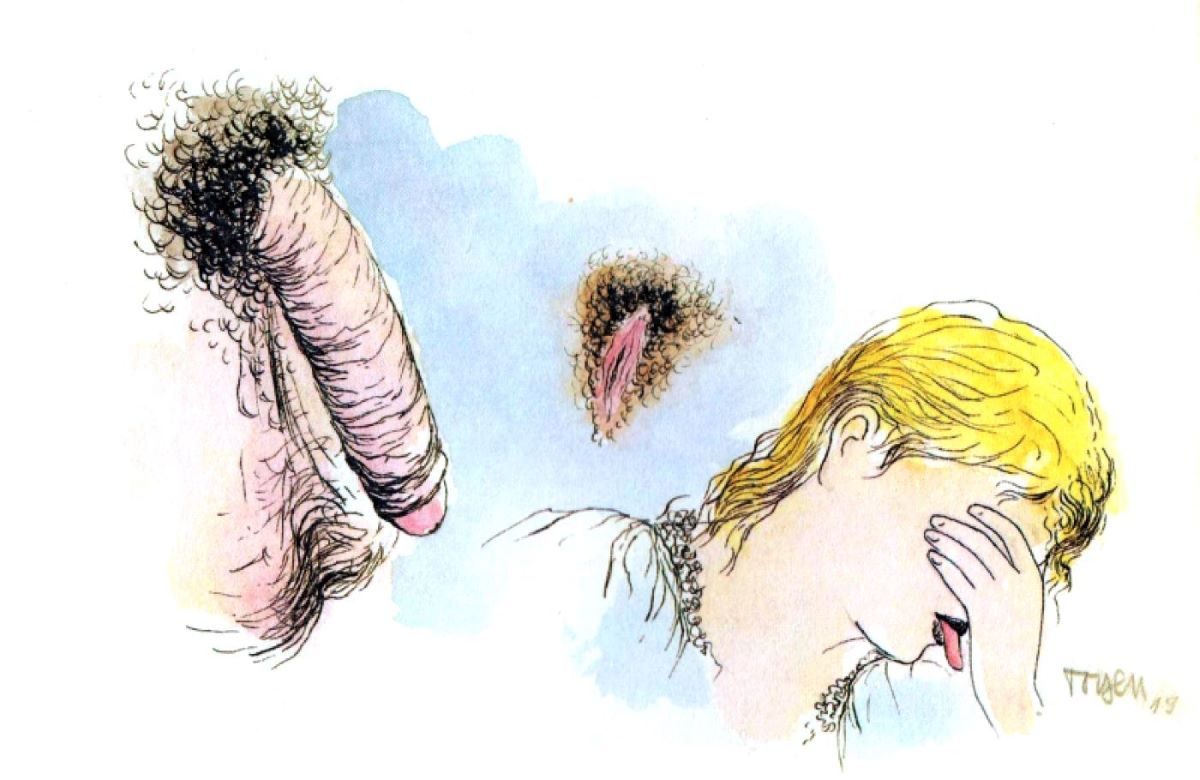
From ‘Jednadvacet’ (‘Twenty-one’), 1938
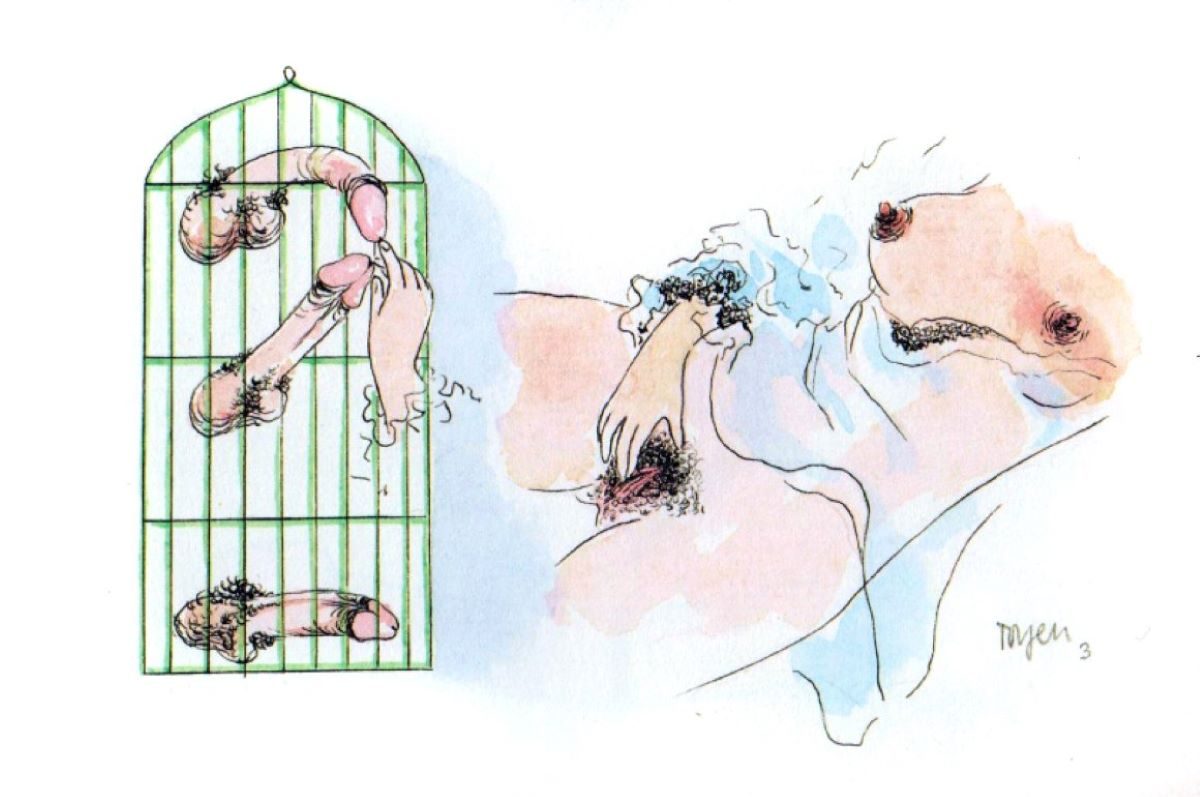
From ‘Jednadvacet’ (‘Twenty-one’), 1938
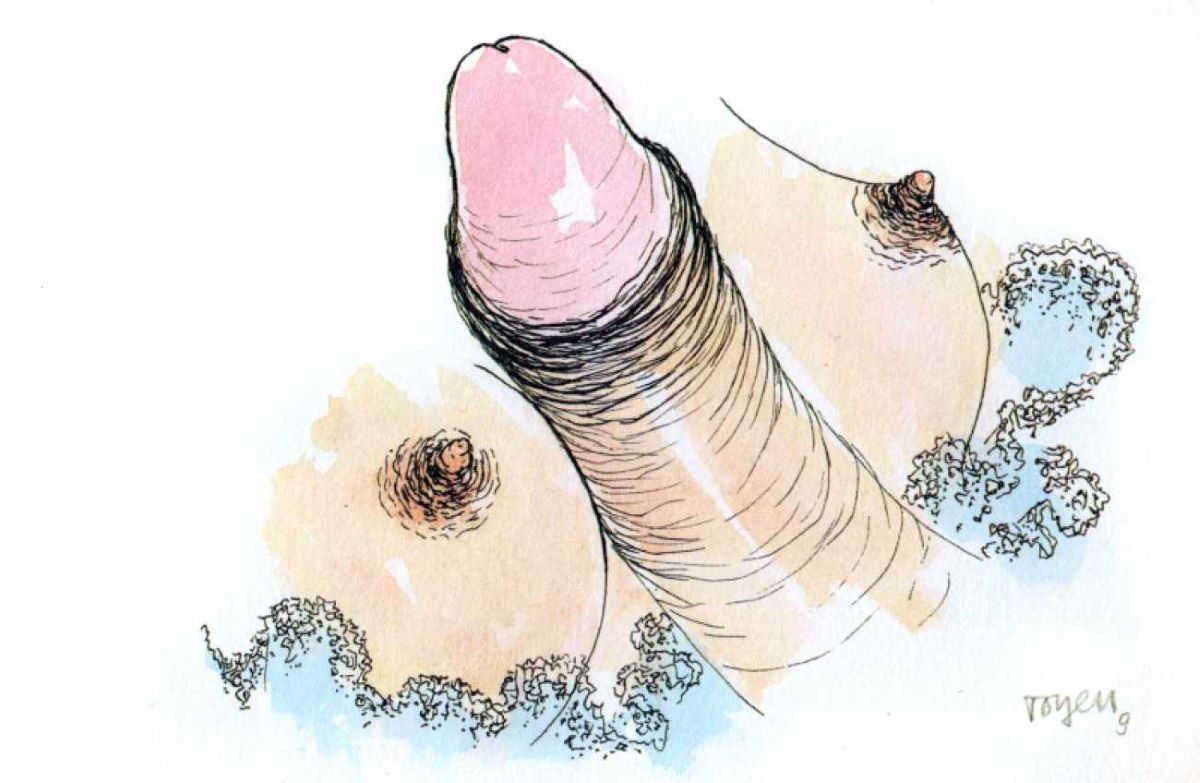
From ‘Jednadvacet’ (‘Twenty-one’), 1938
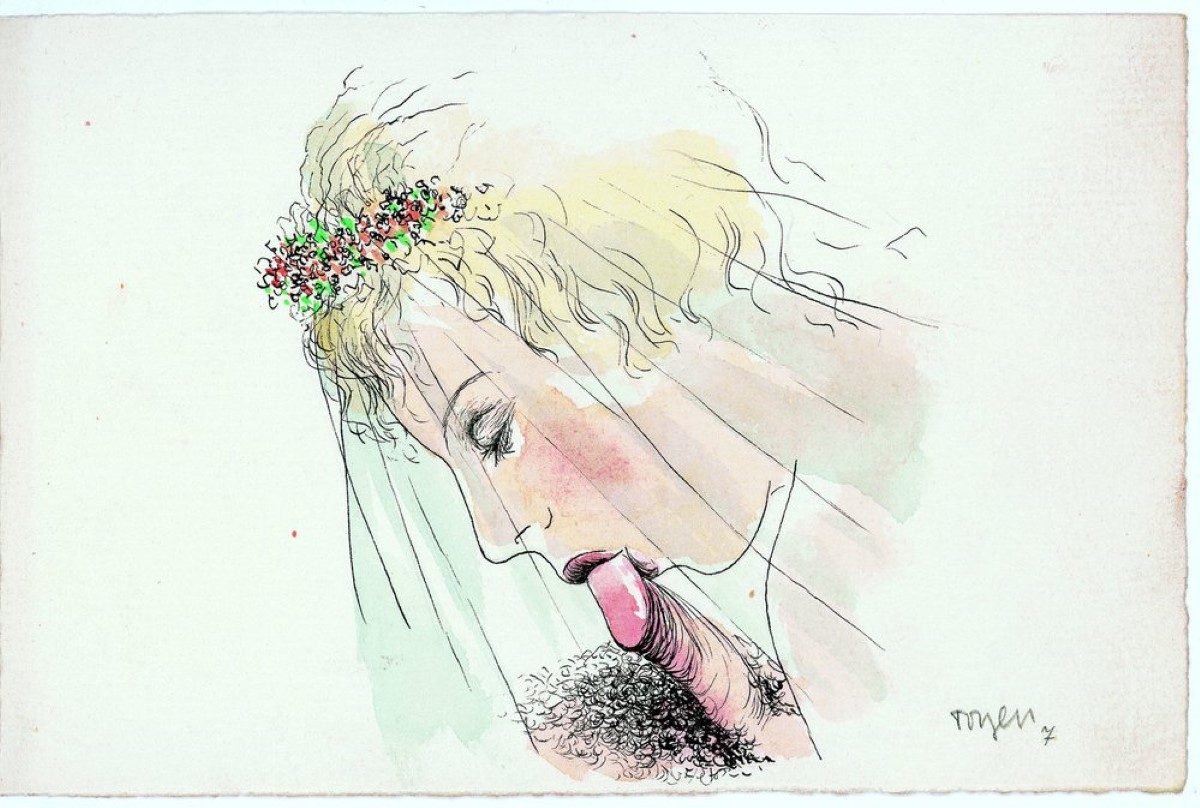
From ‘Jednadvacet’ (‘Twenty-one’), 1938
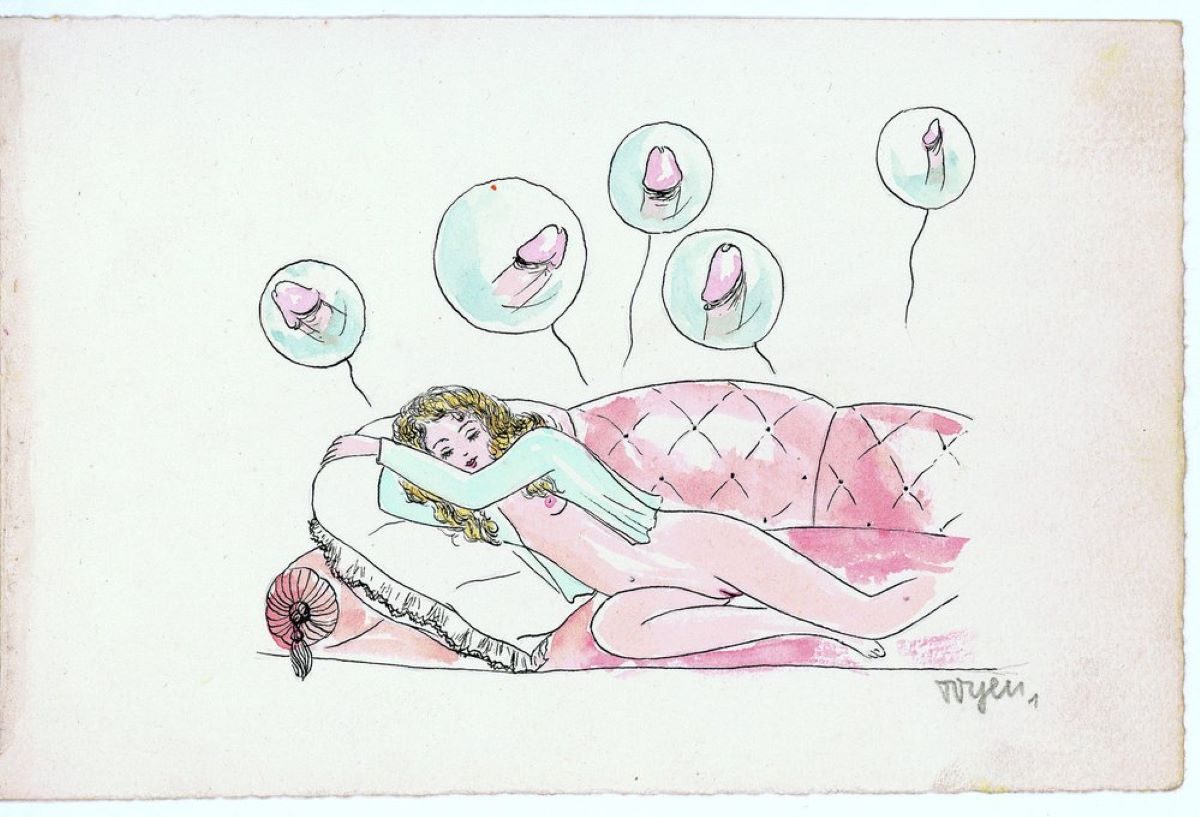
From ‘Jednadvacet’ (‘Twenty-One’), 1938.
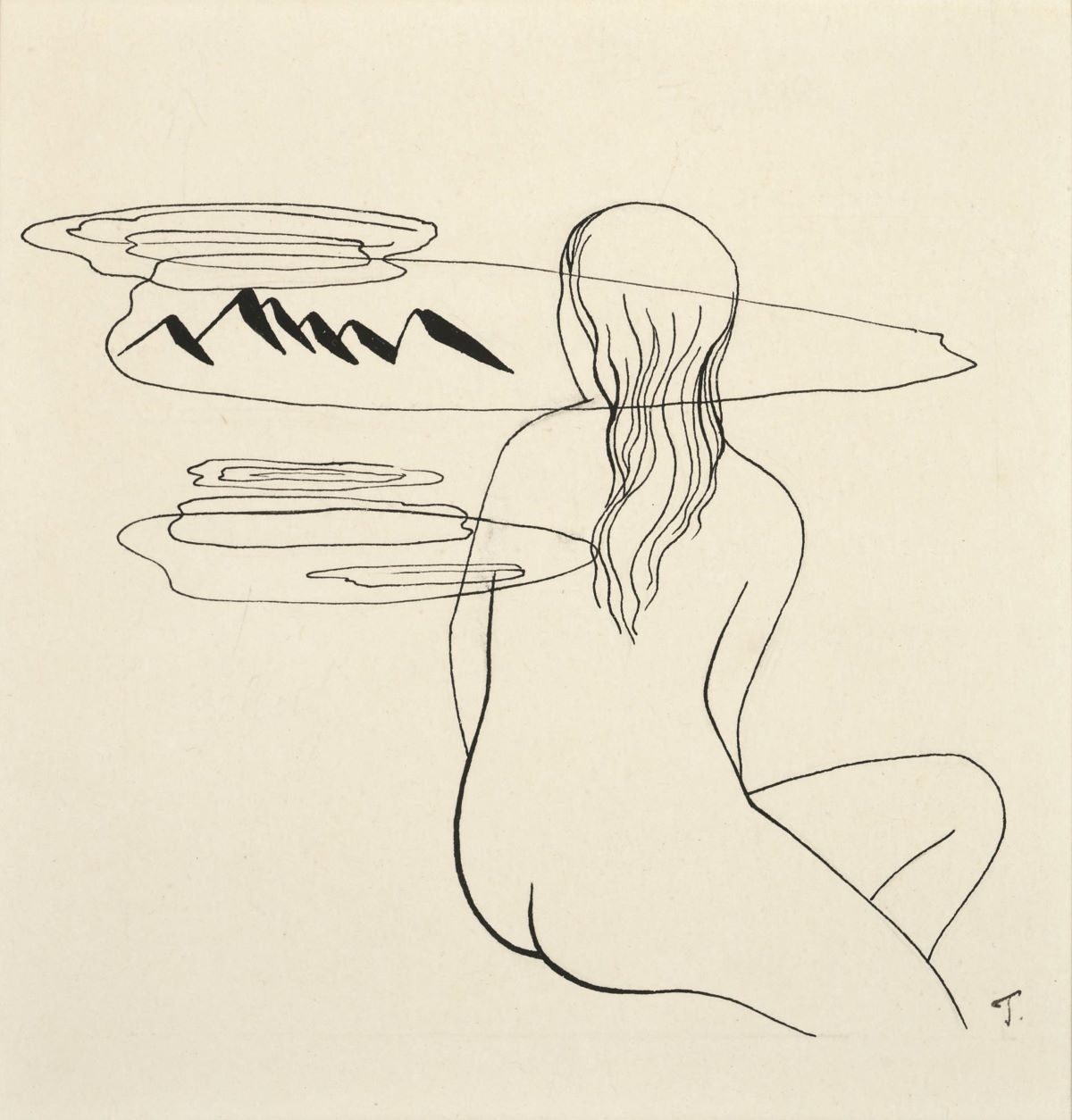
Cover illustration for Marcel Aymé’s ‘La Jumente Verte’, 1934.

‘Hlas vesa II'(‘The Voice of the Forest II’), 1934.
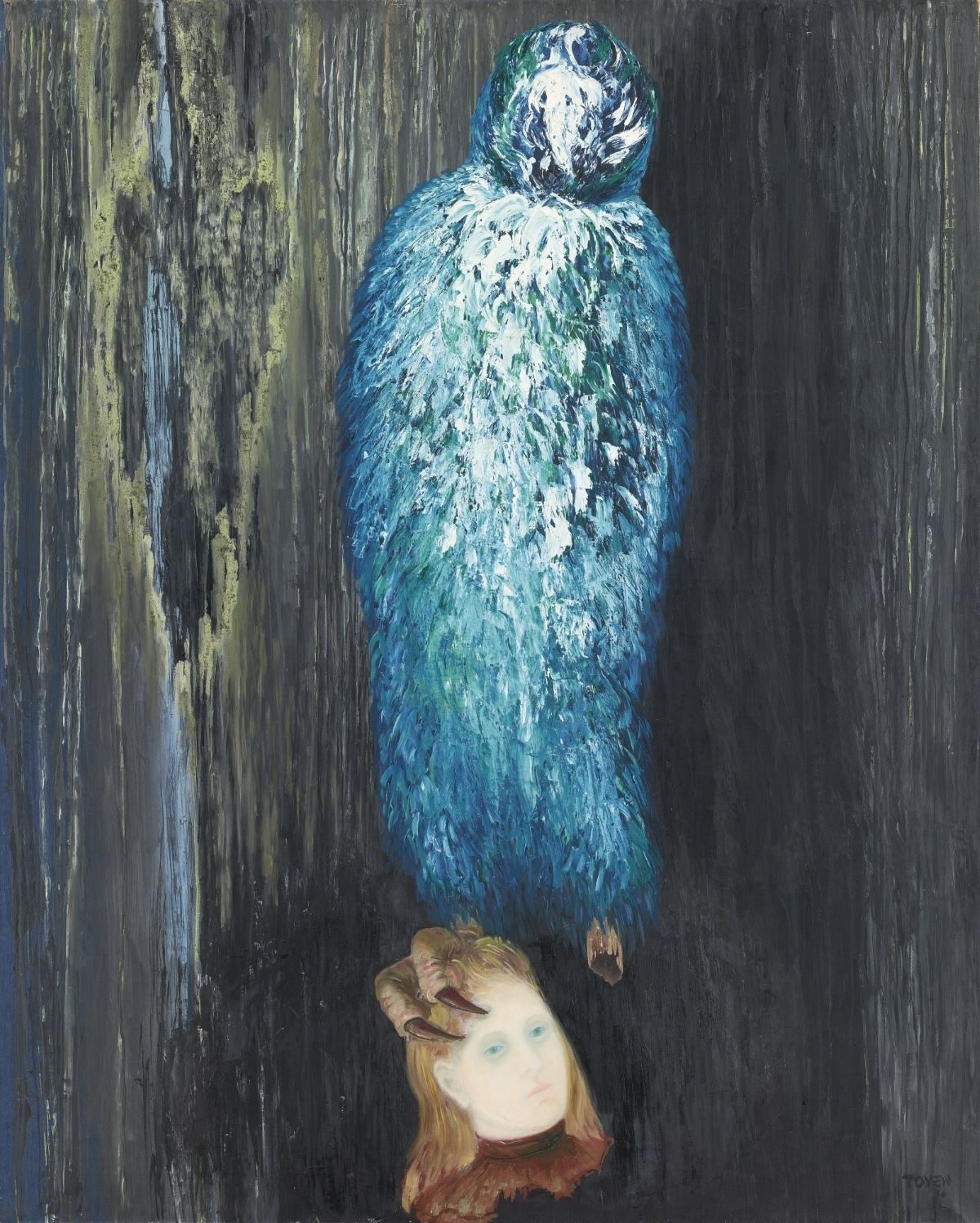
‘Poselství Lesa’ (‘The Message of the Forest’), 1936.

‘Bramborové Divadlo’ (‘Potato Theatre’), 1941.
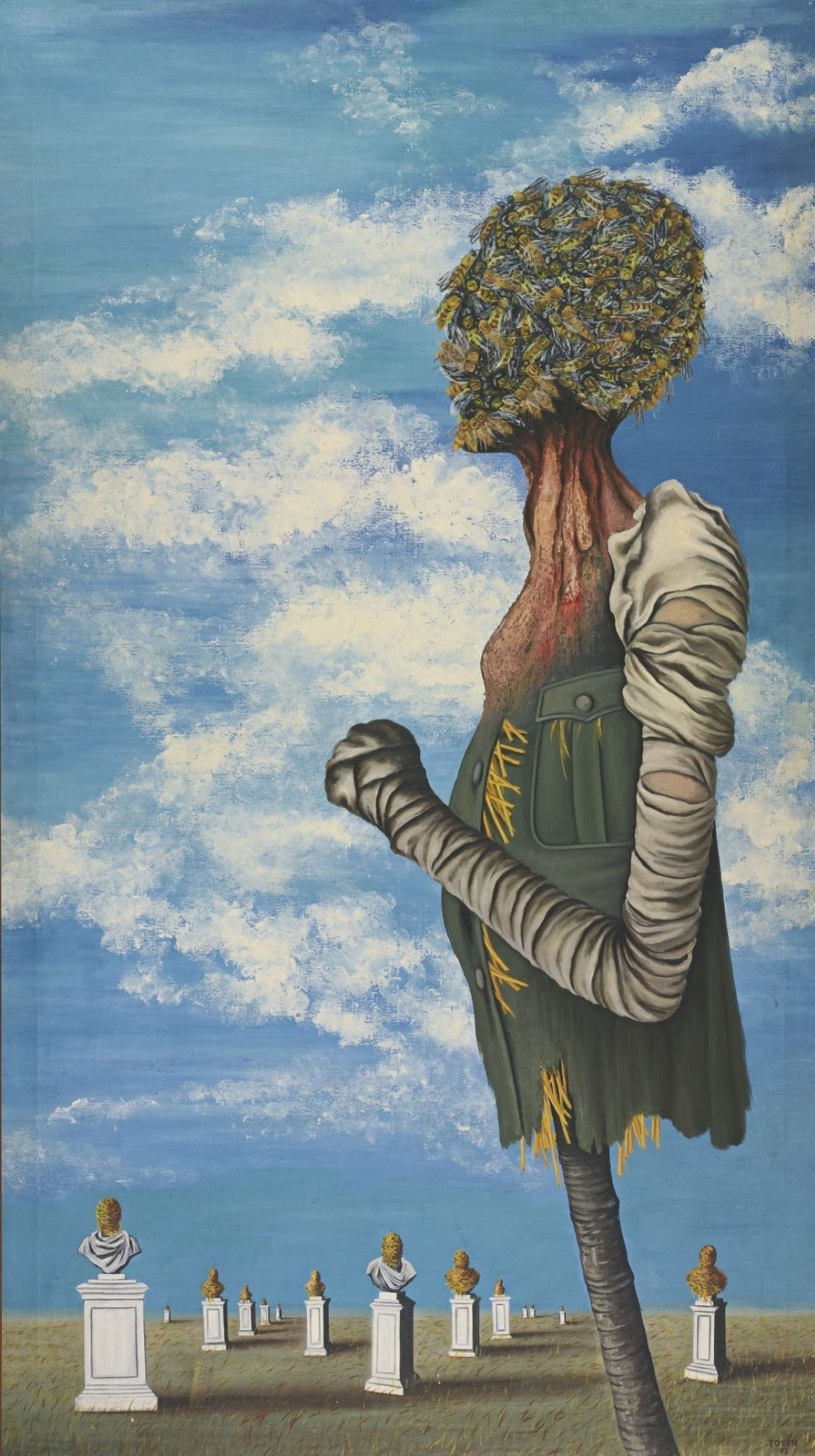
‘La Guerre’ (‘The War’), 1945.

‘Les Quatre Éléments’ (‘The four Elements’), 1950.
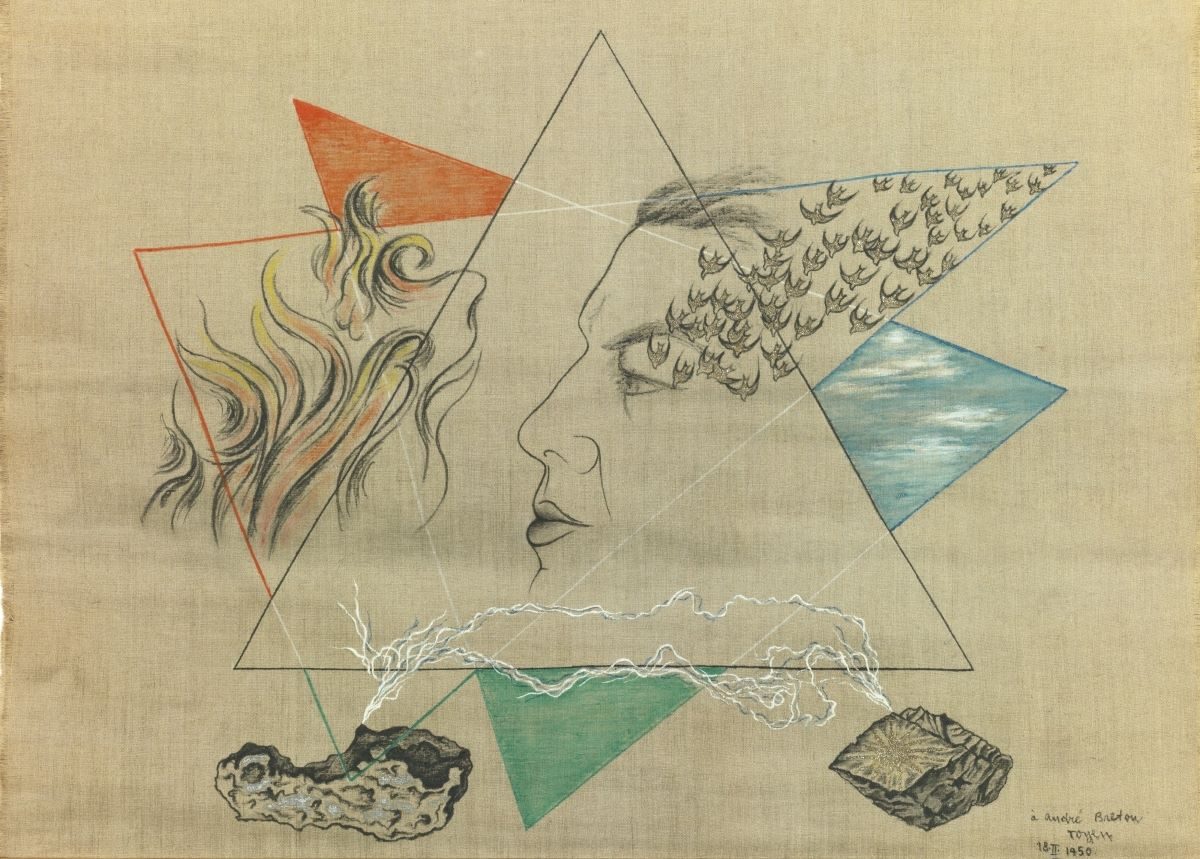
‘Portrét a. Bretona’ (‘Portrait of André Breton’), 1950.
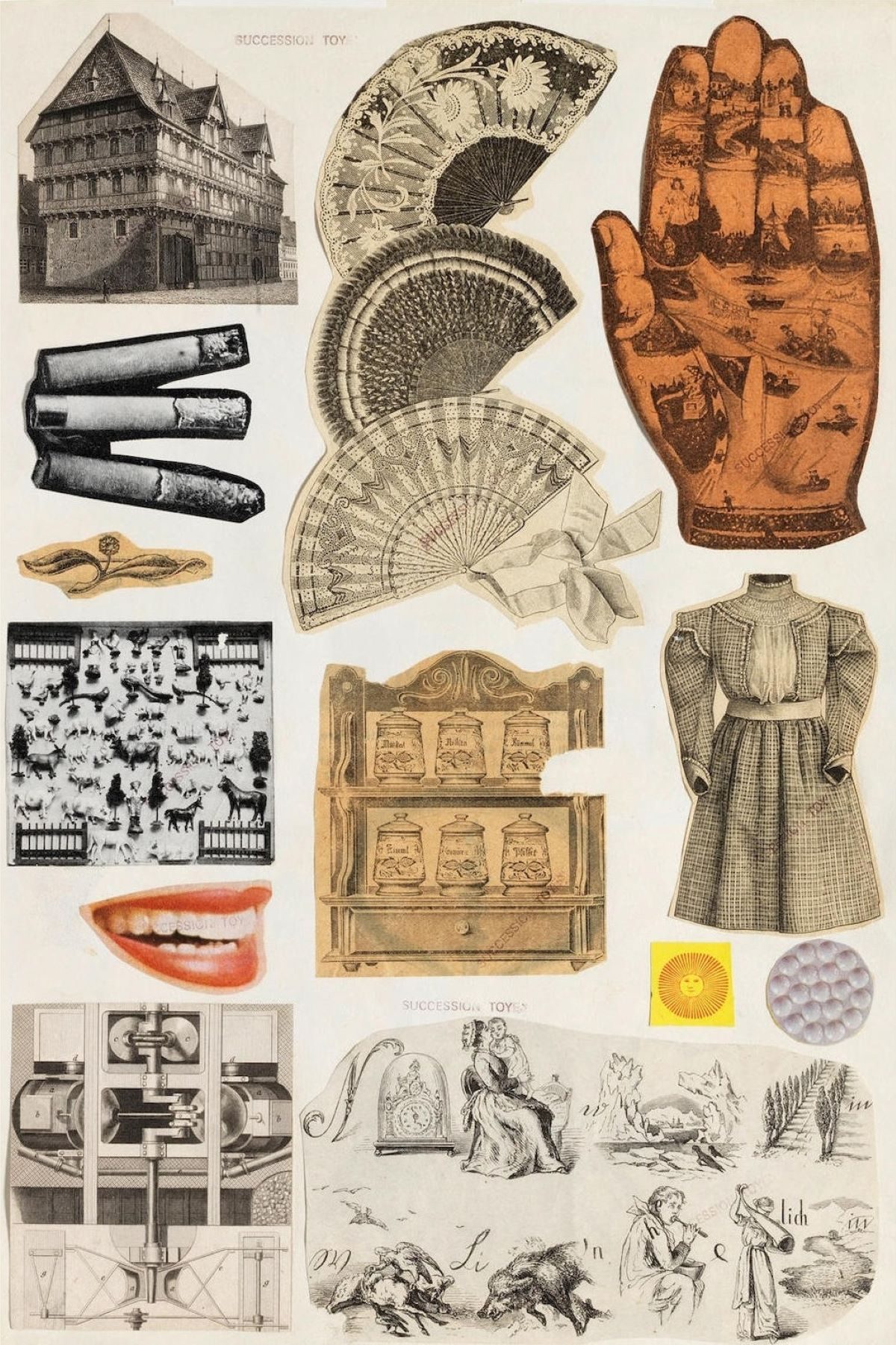
Untitled Collage, 1950.

‘La Chasse au Renard’ (‘The Fox Hunt’), 1964.

Untitled Collage, 1970.
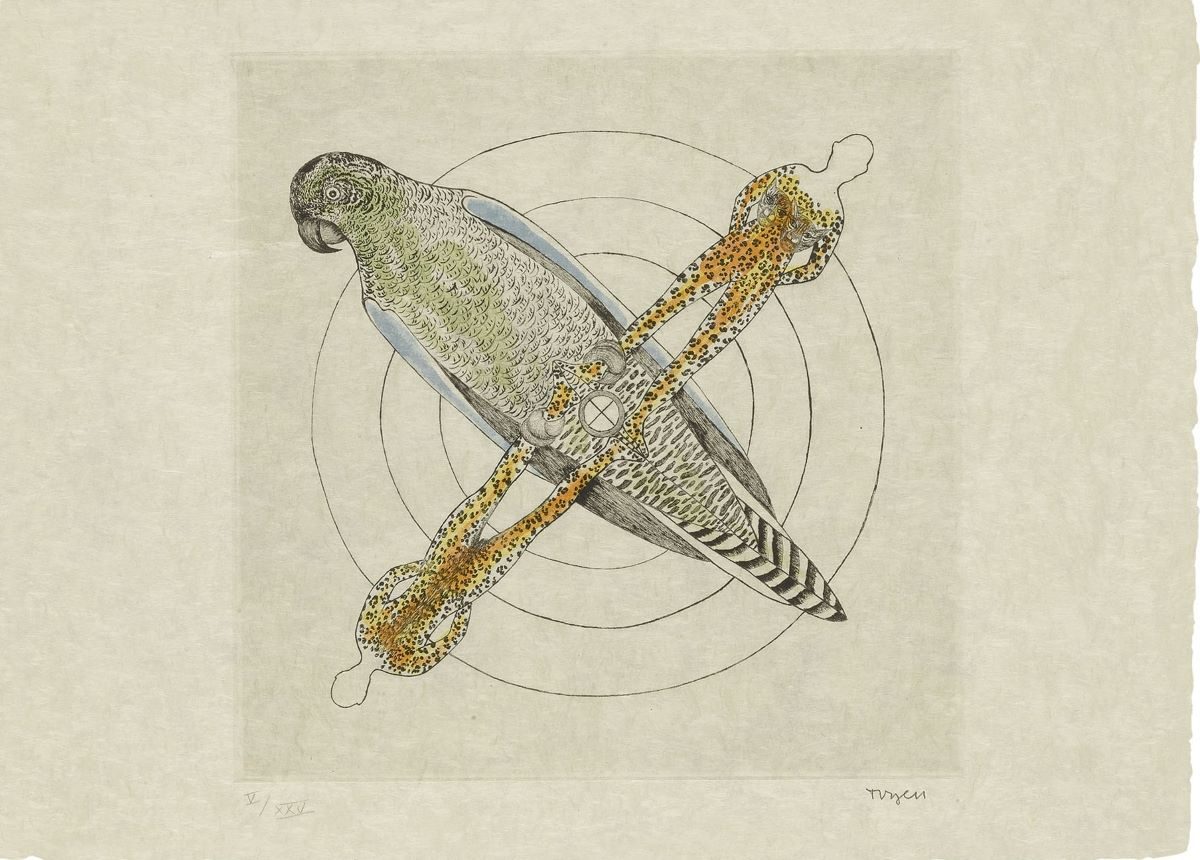
‘Střelnice I’ (‘Shooting Range I’), 1973.

‘The Shooting Gallery’, 1973.
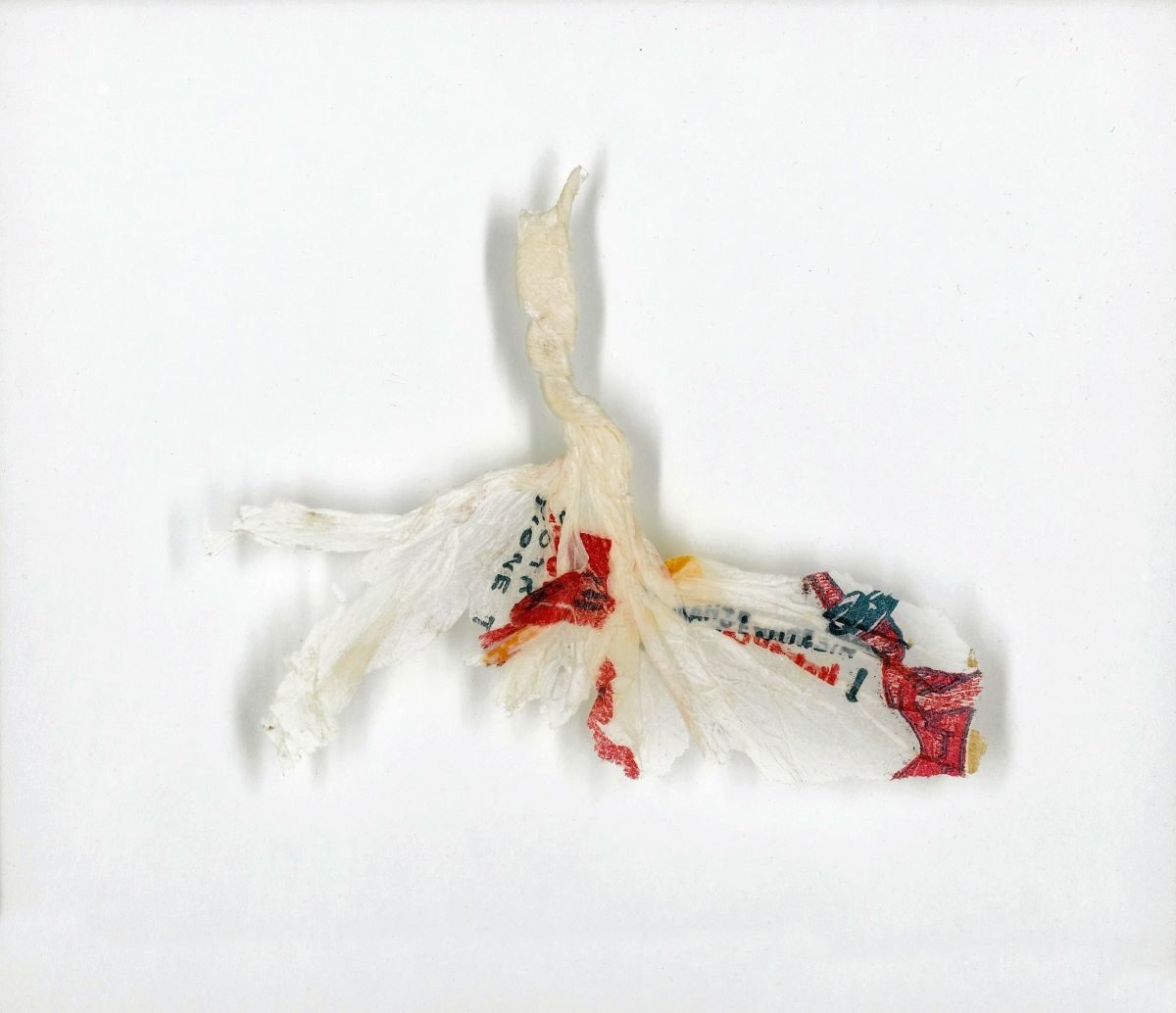
‘Ptak’ (‘Bird’)
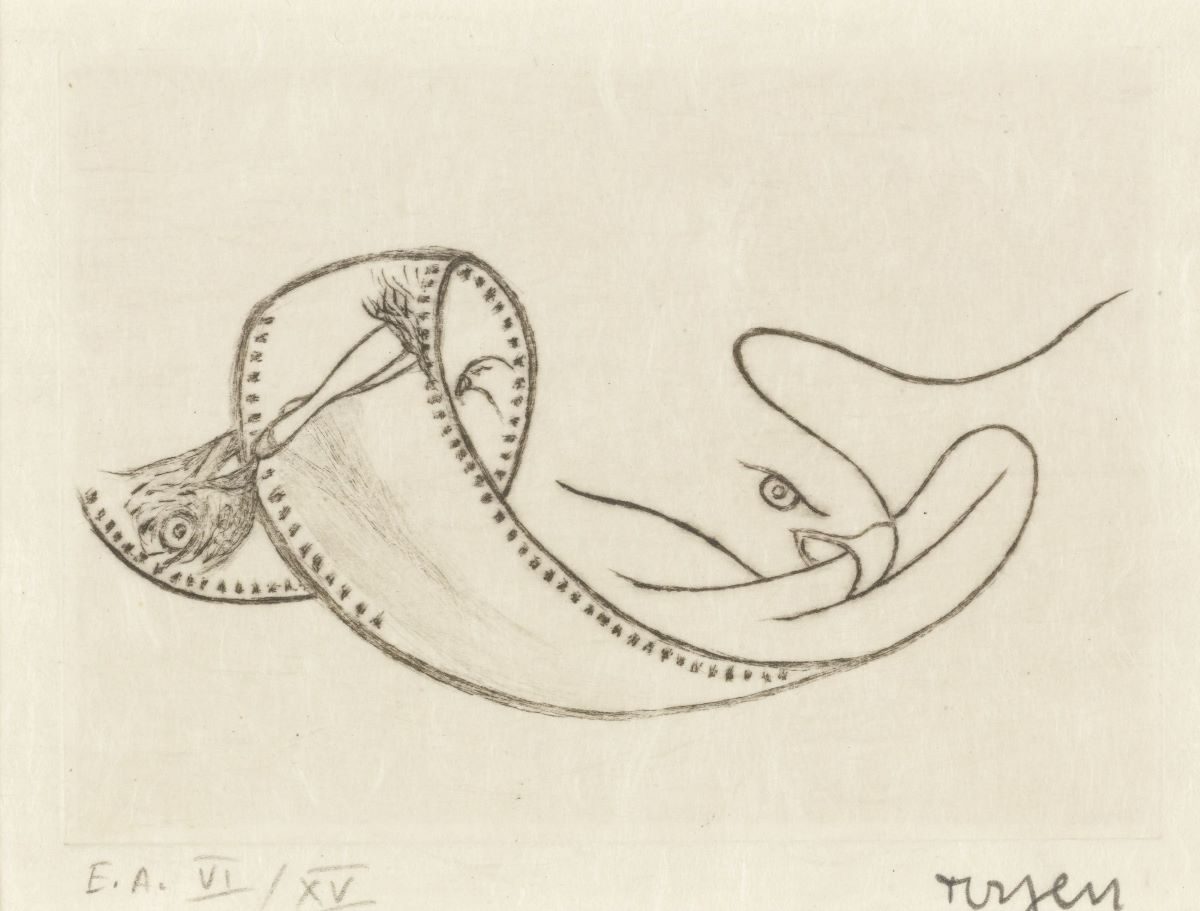
‘Surrealistická Kompozice’ (‘Surrealist Composition’).

‘Listy’ (‘Leaves’).